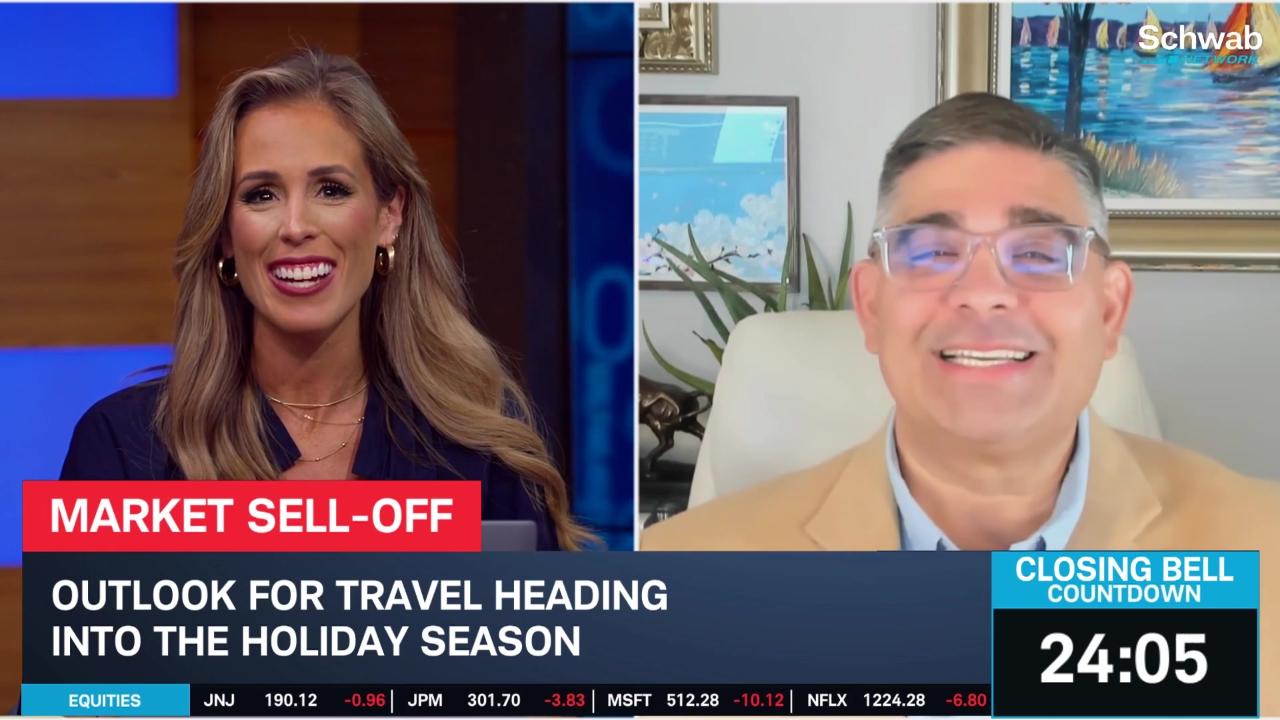- Market Minute
- Posts
- Technical Structure Fractured — But Bears Need More
Technical Structure Fractured — But Bears Need More
Sometimes the market is simply looking for a reason to sell off and de-risk, and on Friday, that’s exactly what we saw. Concerns over heightened tariffs on China, triggered by their “perceived” rare earth mineral export controls, gave traders the excuse to book profits on the equity front. Simultaneously, a substantial bid in the Treasury market confirmed the risk-off tone.
The S&P 500 broke several key technical structure levels that had been in place for months. The bullish ascending channel that’s been intact since mid-March was broken, along with the 20-day moving average. Looking at the E-mini S&P 500 futures contract, it approached the 50-day simple moving average after another sharp post-close selloff on Friday.

Technicians will now take a step-by-step approach, similar to how structure was built on the way up, watching for a retracement and potential retest of the 20-day SMA in the coming days. This would help determine whether former support turns into resistance or if this pullback is just a short-term blip. But for the Bears, more is needed on the news front to sustain a meaningful downtrend and several catalysts could fuel further downside.
Tariff risk has re-emerged, and volatility markets are beginning to reflect that as downside hedges in the options complex catch a bid. With the VIX starting the week above 20, implying roughly a 1.25% daily move in the S&P 500, Friday’s monthly options expiration could further increase index and single-stock options volumes. Repositioning ahead of the upcoming Fed meeting at the end of the month is also in play. In an environment of elevated implied volatility, the readjustment of options positioning alone can mechanically generate volatility in the underlying markets. Watch the lead-up to Friday’s expiration closely.
A secondary but important story overshadowed in recent days is the mounting pressure in Argentina. Sovereign debt stress and political turmoil are draining investor confidence and weighing on the country’s equity markets. Late last week, U.S. Treasury Secretary Scott Bessent announced a finalized plan to provide a $20 billion currency swap line to help stabilize the Argentine peso. The announcement briefly sent Argentine markets higher on Thursday, but those gains were partially reversed on Friday. The key question: Is the U.S.-provided swap line enough to ease market fears? And what ripple effects could emerge in broader sovereign credit markets?
Lastly, while equity markets have largely shrugged off the U.S. government shutdown, we are now entering the third week, and the economic impacts may soon begin to surface. Although the stalemate in both chambers of Congress appears entrenched, pressure could start to influence key economic indicators that the Fed relies on. Layering in the potential for increased tariffs on China, the Fed may soon face a more complicated balancing act between labor market strength and inflation pressures a key dynamic to monitor heading into the next policy meeting.
The market’s technical structure has clearly fractured, but the bears still need stronger catalysts to maintain downside momentum. Tariff uncertainty, rising volatility, emerging sovereign stress, and lingering shutdown risks are converging into a potentially volatile setup over the coming weeks. With options expiration on deck and a pivotal Fed meeting at the end of the month, the path forward will likely hinge on whether these pressures escalate into sustained selling or simply trigger another tactical reset before the next move higher.
Morning Minute
Featured Clip
Tune in live from 8 a.m. to 5 p.m. ET, or anytime, anywhere, on‑demand.
Or stream it via thinkorswim® and thinkorswim Mobile, available through our broker-dealer affiliate, Charles Schwab & Co., Inc
Please do not reply to this email. Replies are not delivered to Schwab Network. For inquiries or comments, please email [email protected].
See how your information is protected with our privacy statement.
Charles Schwab and all third parties mentioned are separate and unaffiliated, and are not responsible for one another's policies, services or opinions. Schwab Network is brought to you by Charles Schwab Media Productions Company (“CSMPC”). CSMPC is a wholly owned subsidiary of The Charles Schwab Corporation and is not a financial advisor, registered investment advisor, broker-dealer, or futures commission merchant.

